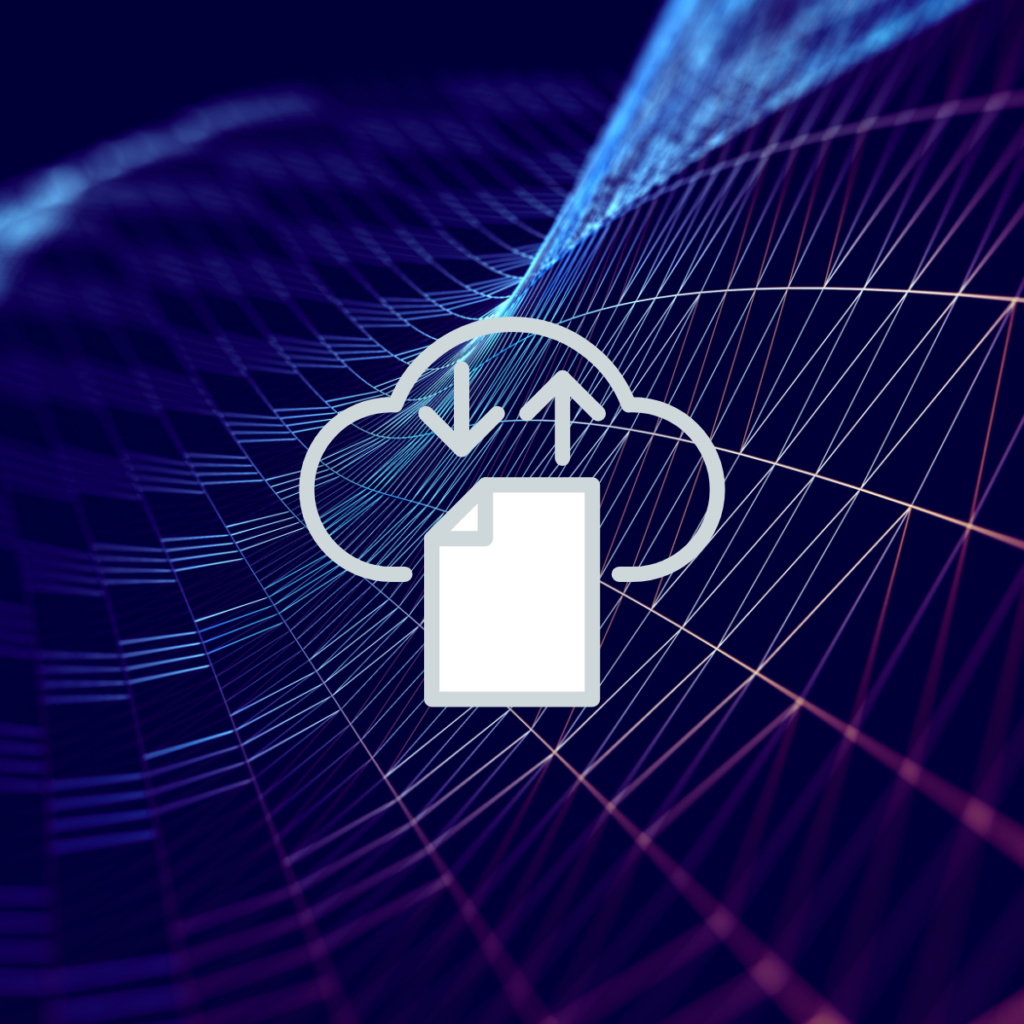“Can I patent my idea?”
You might have asked this question after solving a problem using a unique and innovative solution. But we all know that after the initial excitement and a few Google searches, people tend to give up.
Why? Because patenting is very complicated. It requires a lot of time, money, and knowledge of the process to secure a patent. Only people who have patents are aware of this information. But, such people are hard to find.
Thankfully, Druva is different. We have several people who have patents. If your idea has potential, Druva has the resources to make you a patent holder.
In this blog, I will talk about a patent that was recently awarded and how it was built into the product.
The Problem Statement
IT administrators use backup solutions to create point-in-time copies of their systems. These systems can be file servers that contain critical data. If data is lost due to accidental deletion or malicious attack, users turn to IT administrators to help them recover a file or a specific version of a file.
Backup solutions typically employ two methods to perform data backups. The first is to deploy an agent within the system to perform file-level backups. The second is to take a snapshot of the disks connected to the system. Both approaches have pros and cons. One disadvantage of disk snapshots is the ability to identify files from the snapshot.
Let’s understand this with an example:
You have an Amazon EC2 server with two EBS volumes attached and take EBS volume snapshots twice a day. After two weeks, you will have a total of 28 snapshots (2*14=28). In the event of a file not being found, you will need to go over the snapshots of this system to find the file.
This would involve a series of steps per snapshot. In case a file is not found in a snapshot, the process will have to be repeated with the rest of the snapshots. Depending on your environment’s architecture, such as number of servers, number of snapshots, snapshot size and other factors, finding a file in this manner can be cumbersome, time-consuming and costly.
Building the Solution
Based on our customer feedback, it was evident that file retrieval from snapshots is a common activity. There were other use cases apart from data recovery, too, such as data storage audits. This helped us understand that a solution that will make identifying files easier would be of great assistance to administrators.
There were a few considerations that helped shape the solution that led to the filing of this patent.
- Search of a file based on various attributes like file name, file type, etc. across snapshots would be required.
- An index of files across snapshots would make it efficient to search for files.
- A file scan of the snapshot would be required for the index updation.
- Factors such as size of the snapshot (from GBs to TBs), the rate of data change, and content in the disks could impact the file scans. A smart file scan based on various parameters would result in efficiency leading to faster scans and save time and costs.
Summary of the Patent
Instead of going over each point in time copy (snapshot) of an Amazon EC2 instance and checking for a file, an efficient approach is to create a filename- based index of the files post snapshot creation. A lookup of the index based on the file name should help identify which snapshot contains the file (or associated versions).
Index creation could further be optimized for resource consumption by performing a smart scan instead of a full scan to identify the changed files in incremental snapshots.
Interested in knowing the detailed procedure? Have a look at the patent: US11221919B2
Conclusion
Since the patent was filed, the solution has been incorporated into all of Druva’s Data Resiliency Cloud solutions to help with file recovery and audit use cases for AWS native workloads. This process is not only quicker but also takes fewer resources.
Getting my first patent granted has been great, but what I cherish more is working with fellow Druvans in productizing this patent as part of Druva offerings.
And if you think you can build solutions that are worth patenting, look at our careers page.



